What kind of cup do Bosnians use to drink coffee? what cup should I use to make black coffee? The difference between mocha and hand-brewed coffee
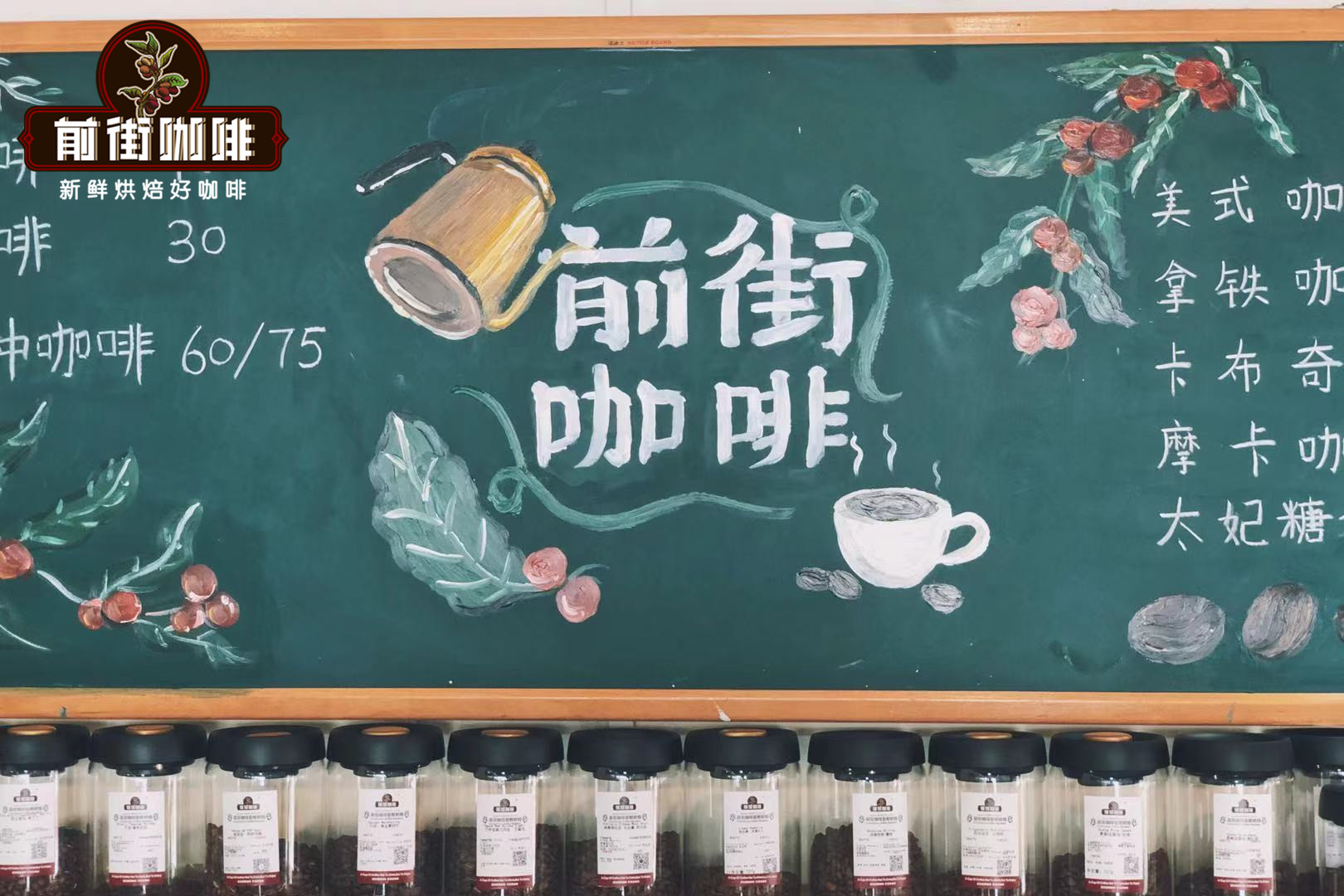
Those who are familiar with Europe should know that the former Ottoman Empire invaded Bosnia in 1463 and annexed it into its own territory. Bosnia is what is now Bosnia and Herzegovina. After more than 400 years of Ottoman rule, all aspects of Bosnian life are influenced by the cultural export of the Ottoman Empire. And the way they drink coffee is one of them.
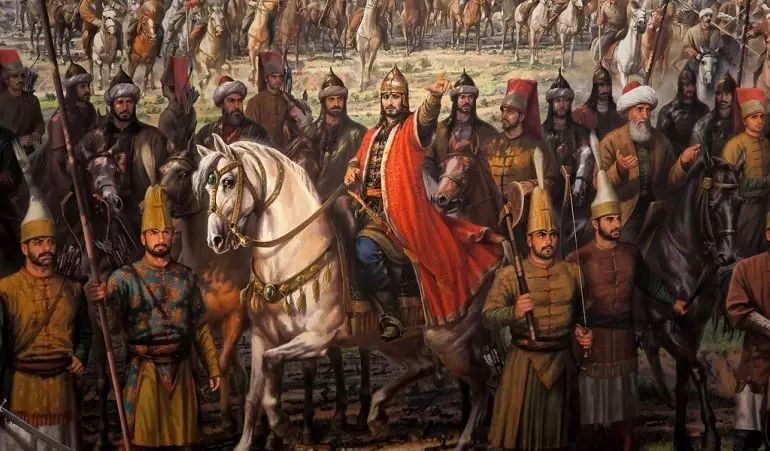
In the middle of the 17th century, Venice merchants introduced coffee to Europe, with Turkish coffee as the main theme, and cafes promoted it in the name of authentic Arabica Coffee. Bosnia and Herzegovina calls it "Bosnian coffee", one is to express national pride, and the other is to distinguish it from Turkish coffee.
Turkish coffee spread to Britain and France in the middle and late 17th century, and the first coffee shop in England was founded by an Turkish Jew in the mid-17th century. In 1680, dignitaries from all over France were invited by the Turkish ambassador to France to attend a lavish party. At the party, the African slaves of the Turkish ambassador presented coffee to the guests in expensive porcelain saucers.
Manufacturing method
Unlike the coffee we usually drink, Turkish coffee is cooked and drunk with powder and liquid.
[Turkish Coffee making method]
The ground coffee powder is cooked with cold water in a small, copper-plated long-necked coffee pot. When the coffee liquid is about to boil, immediately remove the heat, pour a small part into the cup, then continue to heat, after several times of boiling, wait for the coffee to gradually thicken, wait until the water is half of the original can be produced.
Due to the quality problems of the traditionally used coffee powder, the flavor of the brewed coffee is not good, so sugar, cardamom and cinnamon will be added to taste before the first boiling.
[Bosnian coffee making method]
According to Qianjie Coffee, Bosnian coffee is made in much the same way as Turkish coffee, except that it does not put powder at first, but boils it in cold water and then puts in fine coffee powder.
Because the coffee beans are ground to a flour-like powder, and the cooking temperature is high and the cooking time is long. Whether it's Turkish coffee or Bosnian coffee, it tastes bitter.
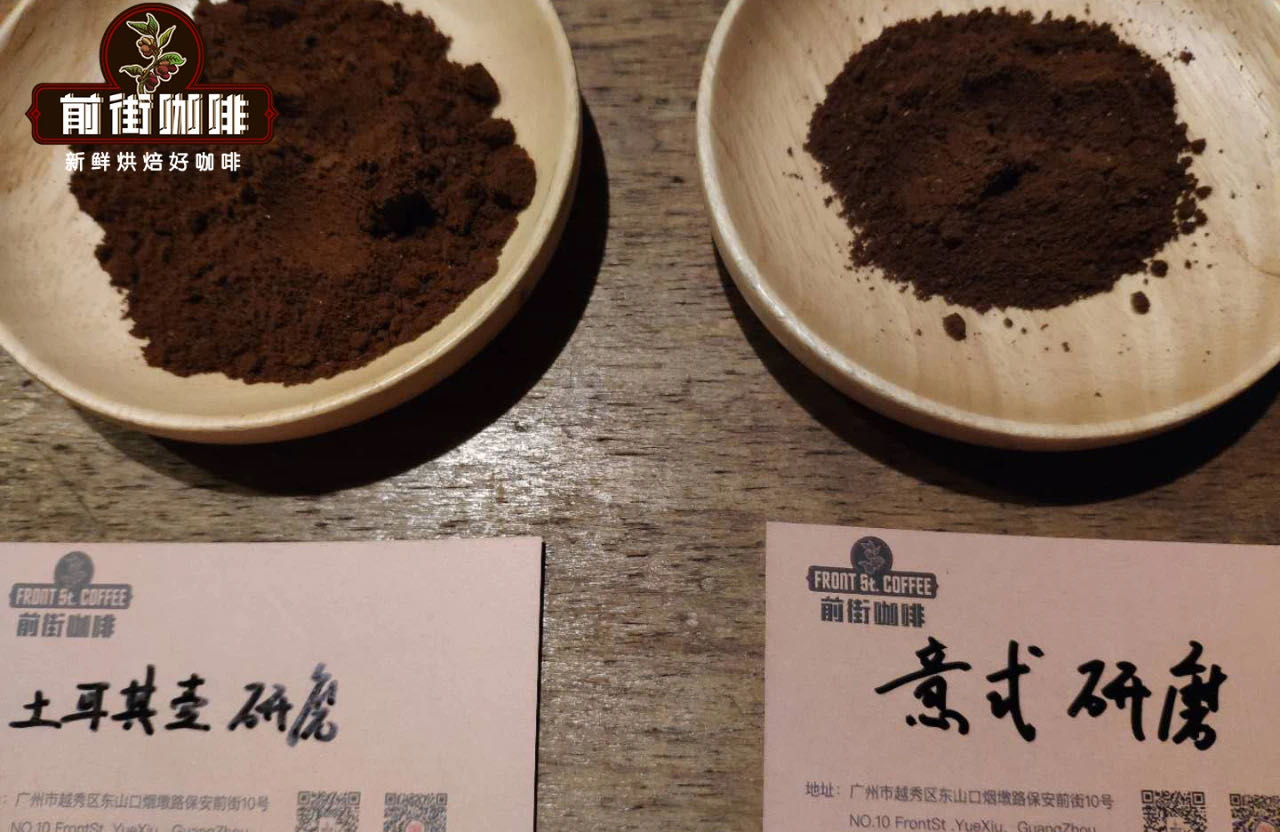
Taste is inclined to light companions, Qianjie recommends to try brewing coffee, such as dripping extraction. Drip extraction is to pour the coffee powder into a filter cup covered with filter paper, and then pour the coffee powder into hot water to make the extract drop into the sharing pot used to hold the liquid.
Due to the variety of extraction utensils and the large number of coffee producing areas, different utensils and different ways to brew the same beans; or the same utensils, the same way to brew beans from different producing areas, the flavor will be different.
After testing the cups of Qianjie coffee in many producing areas, it is found that most of the coffee beans in Asia have the smell of herbs and spices, while the coffee beans in South America have the flavor of nuts and chocolate, and the coffee beans in Africa have the same acidity as citrus and lemon.
Next, Qianjie will compare three kinds of coffee beans from each of the three continents:
Asia
The most well-known coffee beans in Asia are Mantenin from Indonesia. Coffee cultivation in Indonesia began in 1696 when the Netherlands was looking for a bigger place to grow coffee. Due to the majority of Rain Water in Indonesia, constant typhoons, no necessary conditions for sunlight, and poor local economic conditions, we can only adopt the semi-washing method of wet ploughing. With the development of the times, Indonesia's economy is no longer as poor as it used to be, and there are many manors and companies that have the conditions to use water washing treatment. Qianjie Coffee believes that the reason why Indonesian coffee has not abandoned the traditional wet planing method is that the wet planing method has created the flavor of Mantenin coffee, which has long been complementary to the wet planing method.
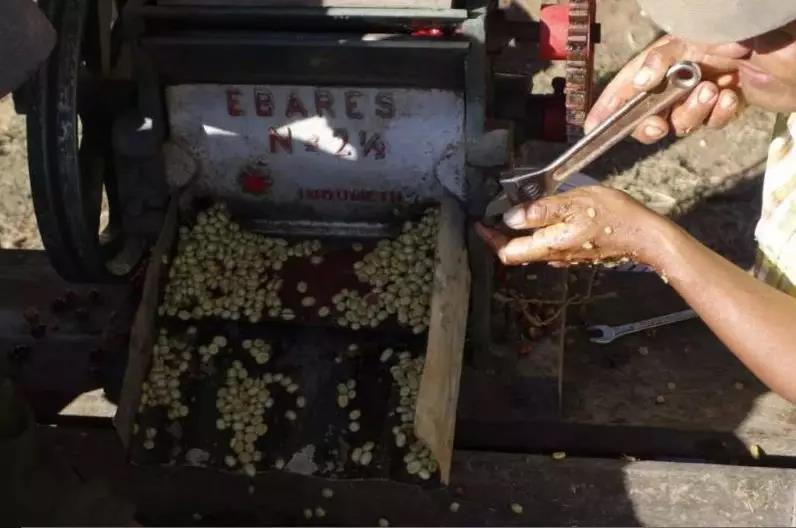
The specific steps of the wet planing method can be divided into the following two stages:
In the first stage, the peel and pulp were removed by a wooden peeling machine, and after fermentation for 3 hours, the moisture content was reduced to 30-50% of semi-dry and semi-wet.
In the second stage, the pectin and sheep skin were removed and the latter part of the drying process took 2-4 days, and the moisture content was reduced to 12-13%.
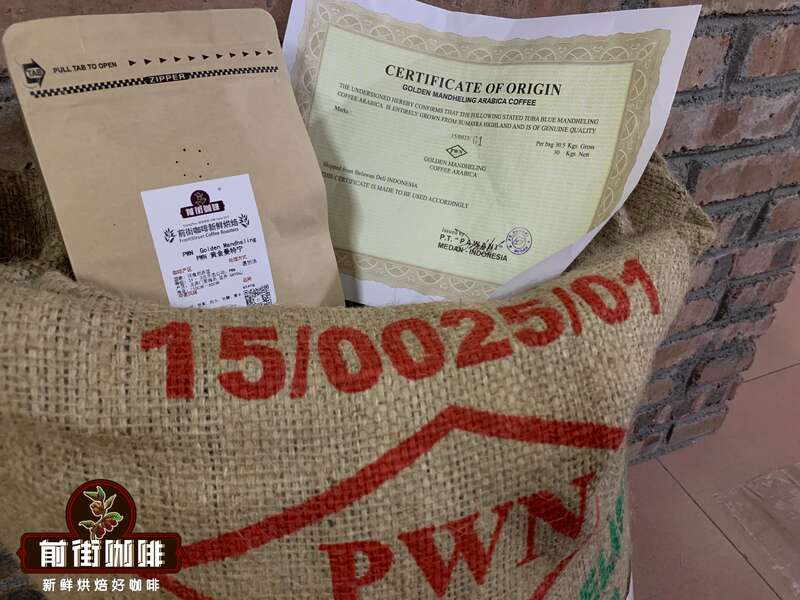
Front Street Coffee PWN Gold Manning
Producing area: Aceh GAYO Mountain, North Sumatra, Indonesia
Altitude: 1100m--1600m
Variety: Ateng
Treatment method: wet planing method
South America
South America is the largest producer of Arabica coffee beans in the world, among which Brazil ranks first in terms of Arabica coffee bean production. The harvest in Brazil can even directly affect the price of coffee in the global market.
Coffee cultivation in Brazil began more than 300 years ago, but it has developed rapidly. As coffee in Brazil is mostly grown in the sun, coffee cherries can quickly absorb enough calories to mature, coffee beans are soft, and the soft bean style of Brazilian coffee is also mentioned in teacher Han Zonghuai's book Fine Coffee. Low acidity, full sweetness, balanced acid and bitterness, good mellowness, supple entrance. The same is true of Qianjie Coffee, a bean from Queen's Manor in Brazil.
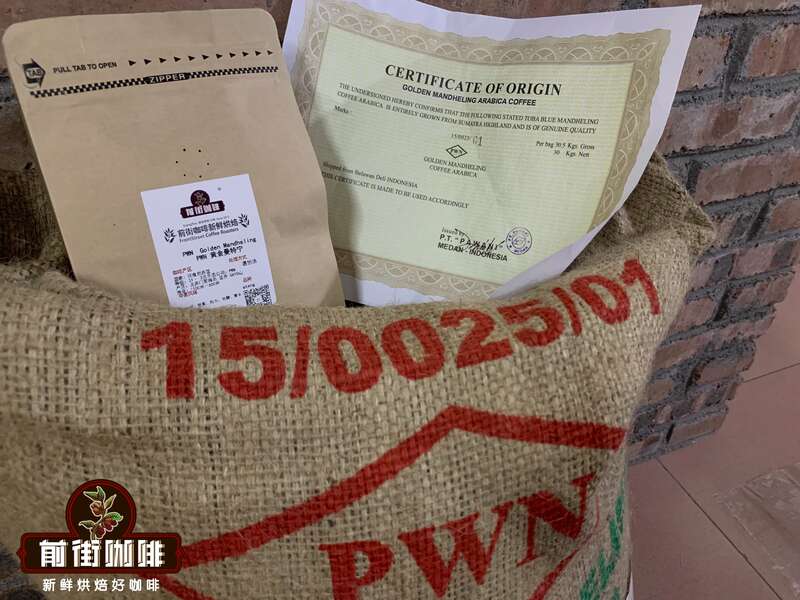
Qianjie Coffee Queen Manor of Brazil
Producing area: Mojiana, Brazil
Manor: Queen's Manor
Altitude: 1400m--1950m
Variety: yellow bourbon
Treatment: insolation
Africa
When it comes to coffee beans in Africa, nothing is more famous than the Ethiopian country. Qianjie learned from historical data that the Kafa forest in Ethiopia is the birthplace of Arabica coffee beans. The most famous producing areas in Ethiopia are Yega Sheffield and Sidamo. The coffee beans produced in the Yega Sheffield and Sidamo producing areas in the front street coffee shop are also very high-quality. The two producing areas of the same country also have their own characteristics, whether it is citrus-lemon-flavored Yegashifi coffee beans or wild berry-flavored Sidamo coffee beans, both of which are applauded by coffee lovers.
Yega Xuefei originally belonged to a small producing area in Sidamo. Because the coffee produced by Yega Xuefei has a strong floral flavor, Ethiopian growers claim that their coffee beans have the flavor of Yega Xuefei. Yega Xuefei is thus independent and different from other producing areas. And also in the book "Fine Coffee" written by teacher Han Huaizong, the flavor of Yejiaxuefei is described in this way: flowers are in full bloom. The same is true of Yega Chuefei Fruit Tintin and Cedar Moresi of Front Street Coffee: in addition to citrus flavor, there is a hint of white flowers; Arsi has a strong berry flavor and honey sweetness.
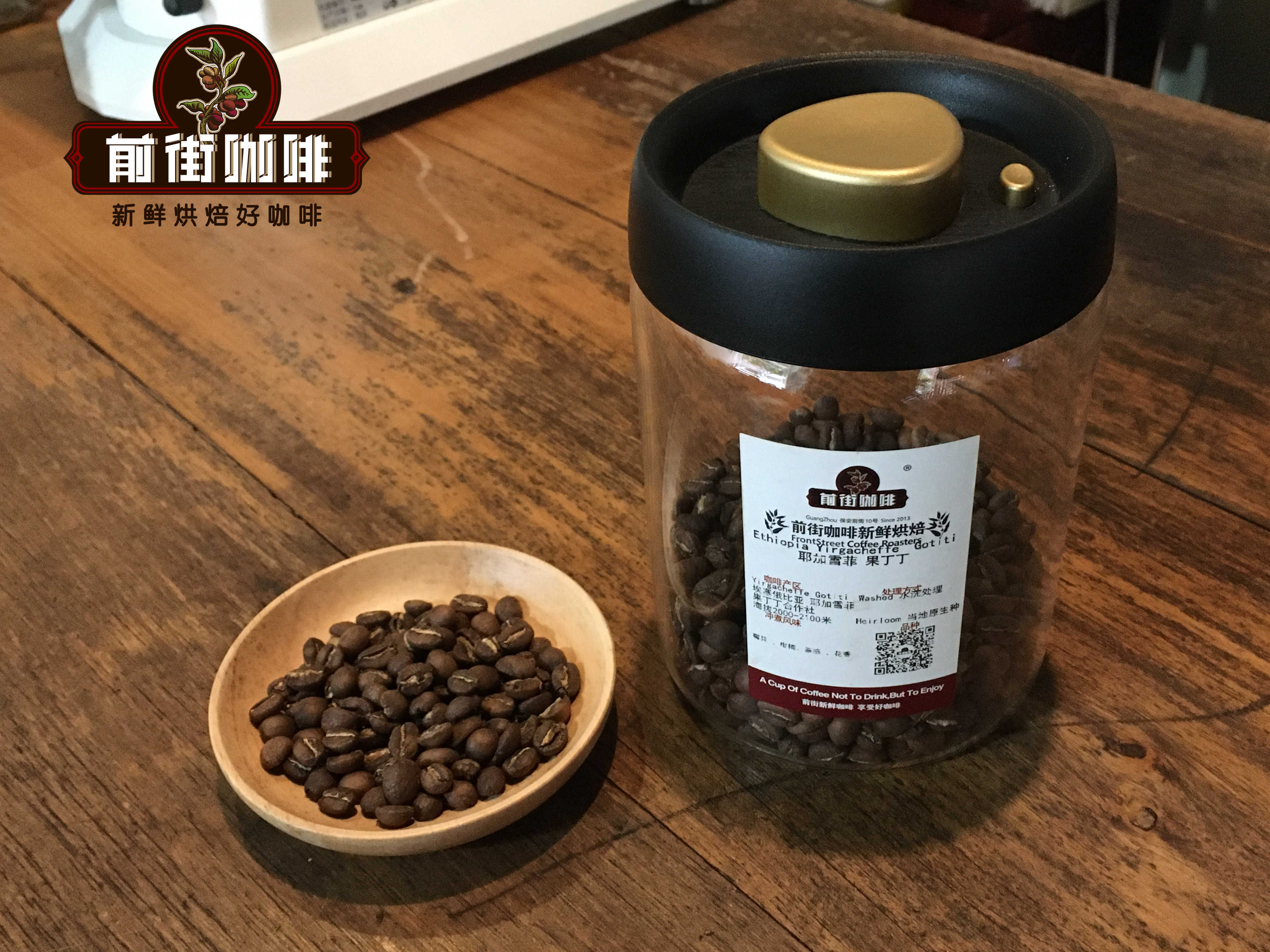
Front Street Coffee Yega Chevy Fruit Ding Ding
Producing area: Yega Xuefei, Ethiopia
Cooperative: Guoding Dingding Cooperative
Altitude: 2000m--2100m
Variety: native species
Treatment: washing
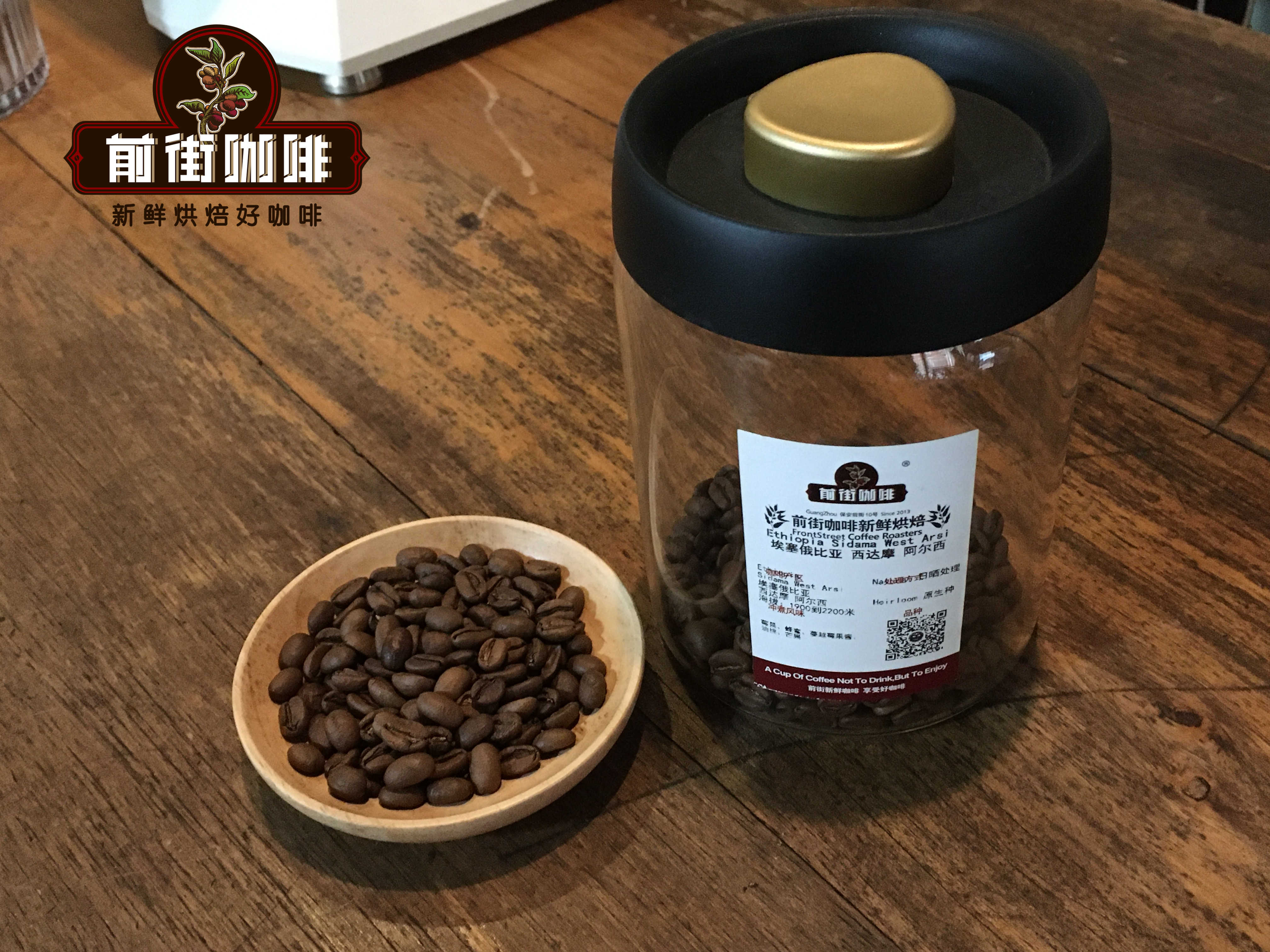
Qianjie Coffee West Damo Alsi
Producing area: West Damoalsi, Ethiopia
Altitude: 1900m--2200m
Variety: native species
Treatment: insolation
Cooking suggestion
Those of you who are familiar with Qianjie Coffee all know that Qianjie Coffee uses two filter cups: one is V60, the other is KONO.
Friends who often read articles about Qianjie Coffee should also know that light-roasted coffee beans and deep-roasted coffee beans will be different in water temperature and filter cup. the low water temperature is because they do not want to extract too much odor. when Qianjie coffee chooses deep roasting, too many aromatic substances have been released, and if you continue to use shallow roasting water temperature extraction, it will lead to over-extraction. The reason why Qianjie coffee chooses the Kono filter cup is that the flow rate of the V60 filter cup is too fast, and under the condition of low water temperature, it is easy to lack of extraction, while the Kono filter cup has few ribs and is located at the low end, and the filter paper clings to the filter cup, which can limit the airflow, increase the contact time between water and coffee powder, and make the coffee powder fully extracted to enhance the mellow taste.
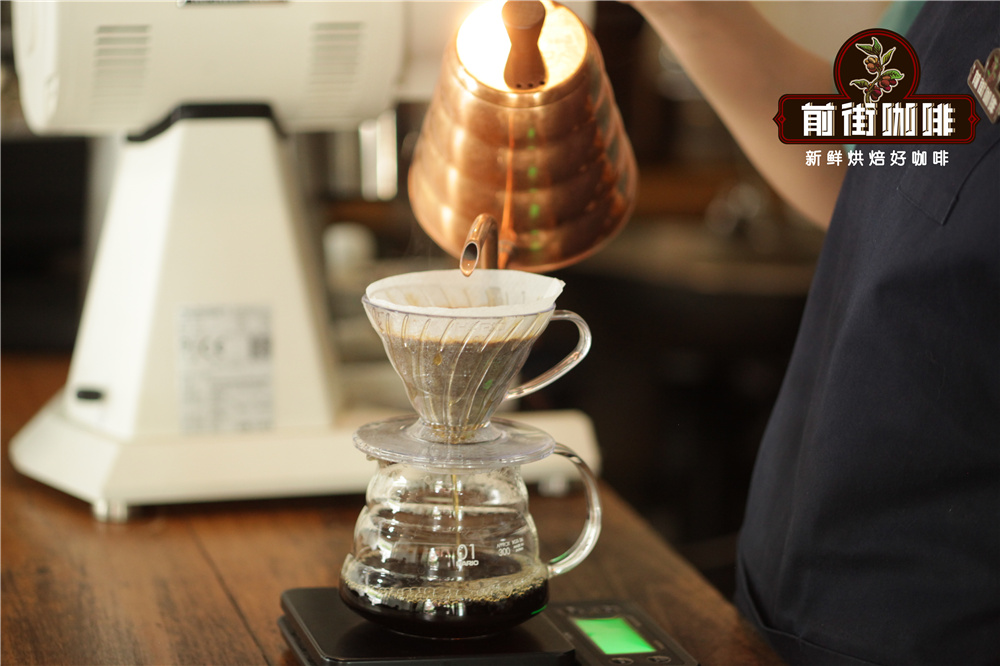
Qianjie coffee is extracted by stages, steamed with 30 grams of water for 30 seconds, small water is injected around the circle to 125 grams, the water level is about to be exposed when the powder bed is about to be exposed, and the filter cup is removed when the water level is about to be exposed to the powder bed. (the time of steaming starts) the extraction time is 2 minutes 39 seconds.
Flavor description
[Golden Manning] Nuts, spices, herbs, licorice, chocolate, caramel, clean and soft flavor
[Queen's Manor of Brazil] Peanut cream, nuts, sugar
[diced fruit] citrus, berries, tea, flower aroma
[Cedar Alsi] aromas of berries, strawberries, lemons, fermented wine
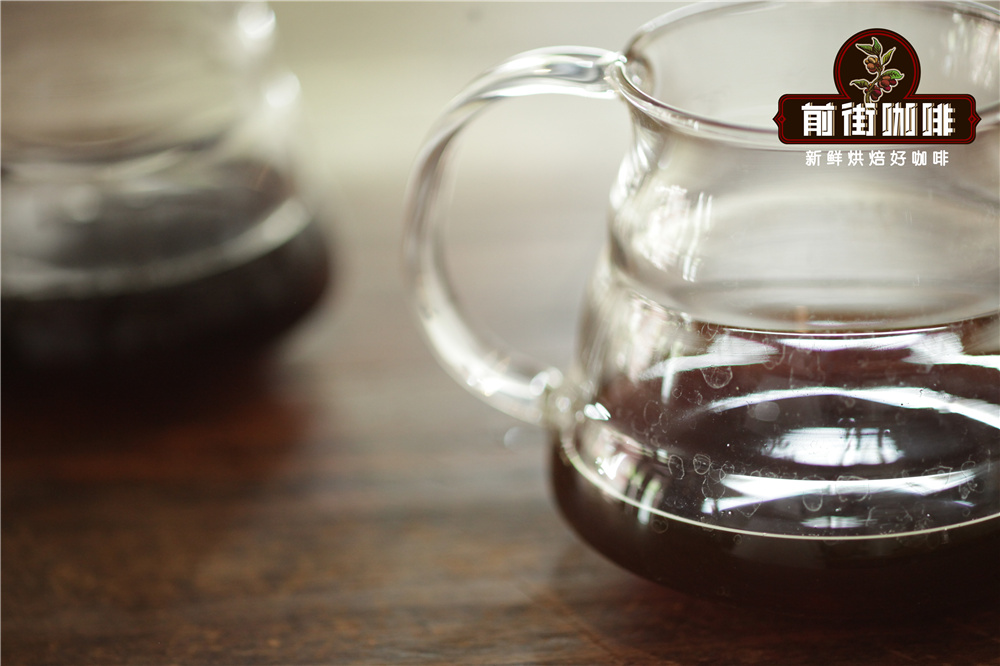
Professional coffee knowledge exchange more coffee bean information please follow the coffee workshop (Wechat official account cafe_style) more boutique coffee beans please add private Wechat Qianjie coffee, WeChat: kaixinguoguo0925
Important Notice :
前街咖啡 FrontStreet Coffee has moved to new addredd:
FrontStreet Coffee Address: 315,Donghua East Road,GuangZhou
Tel:020 38364473
- Prev
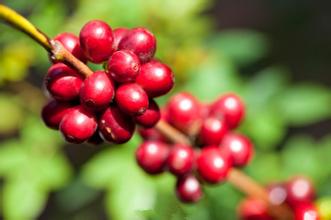
The spread and Development of Coffee in China Coffee Shop Market Analysis
Analysis on the spread and Development of Coffee in China in terms of natural conditions, many parts of China are very close to Latin America, South America, India, Indonesia and other places, with inherent conditions for coffee cultivation. However, Chinese people have been drinking tea for thousands of years. As the origin of tea in the world, people are more or less interested in coffee as a foreign drink in terms of consumption habits and concepts.
- Next
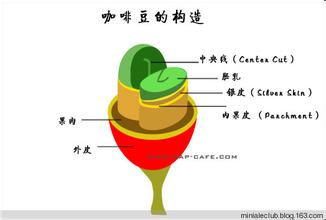
Latin American coffee bean brand-which brand of coffee beans is good?
Latin American coffee bean brand-which brand of coffee beans good coffee is the largest export product of Honduras, with more than 100,000 people engaged in coffee cultivation in the country. According to a recent communique issued by the Honduran Coffee Association, in 2005 / 2006 (from 1 October to 30 September), Honduras exported nearly 3.8 million bags of coffee (46 kg each), an increase of 690000 bags over the previous year. This year
Related
- What brand of black coffee is the most authentic and delicious? what are the characteristics of the flavor of the authentic Rose Summer Black Coffee?
- Introduction to the principle and characteristics of the correct use of mocha pot A detailed course of mocha pot brewing coffee is described in five steps.
- Which is better, decaf or regular coffee? how is decaf made?
- How much is a bag of four cat coffee?
- How about four Cat Coffee or Nestle Coffee? why is it a cheap scam?
- Which is better, Yunnan four Cats Coffee or Nestle Coffee? How about cat coffee? is it a fake scam? why is it so cheap?
- How about Cat Coffee? what grade is a hoax? which instant coffee tastes better, four Cat Coffee, Nestle Coffee or G7 coffee?
- Process flow chart of coffee making-Starbucks coffee making process what coffee tastes good at Starbucks
- The top ten best coffee beans in the world Rose summer coffee or Tanzanian coffee tastes good
- Yunnan four cat coffee is good to drink?_four cat coffee is a big brand? four cat blue mountain coffee is fake?

